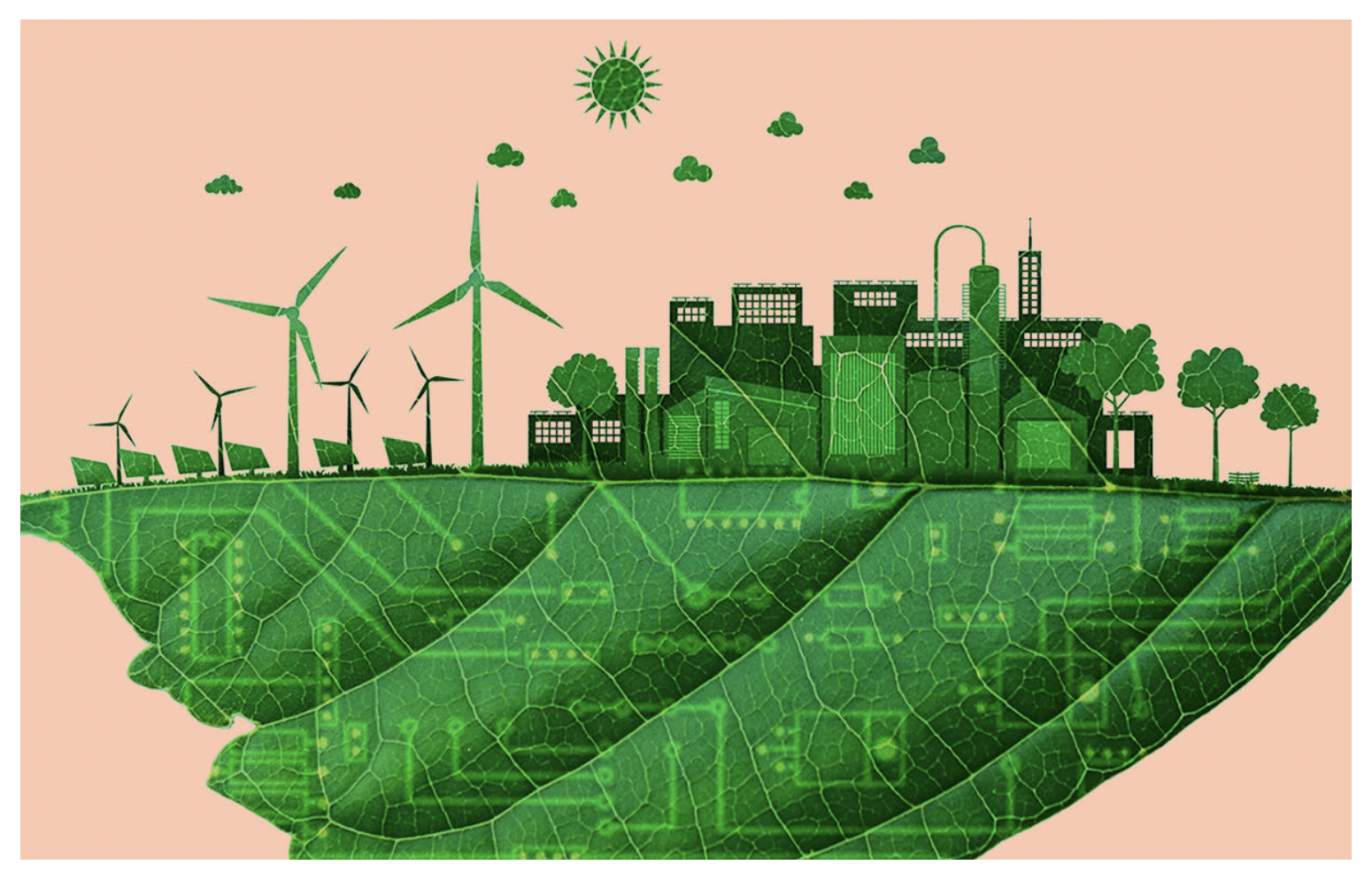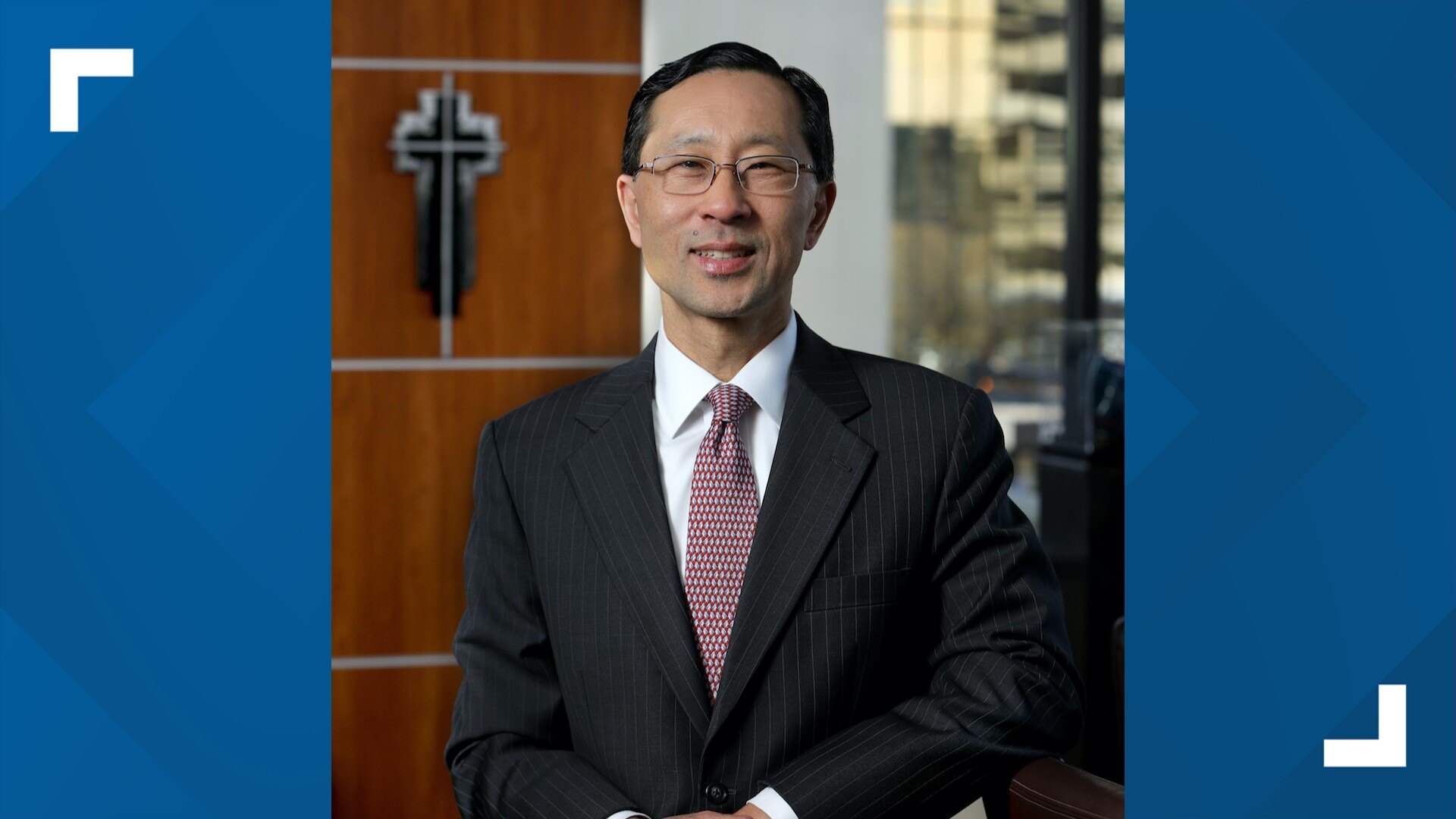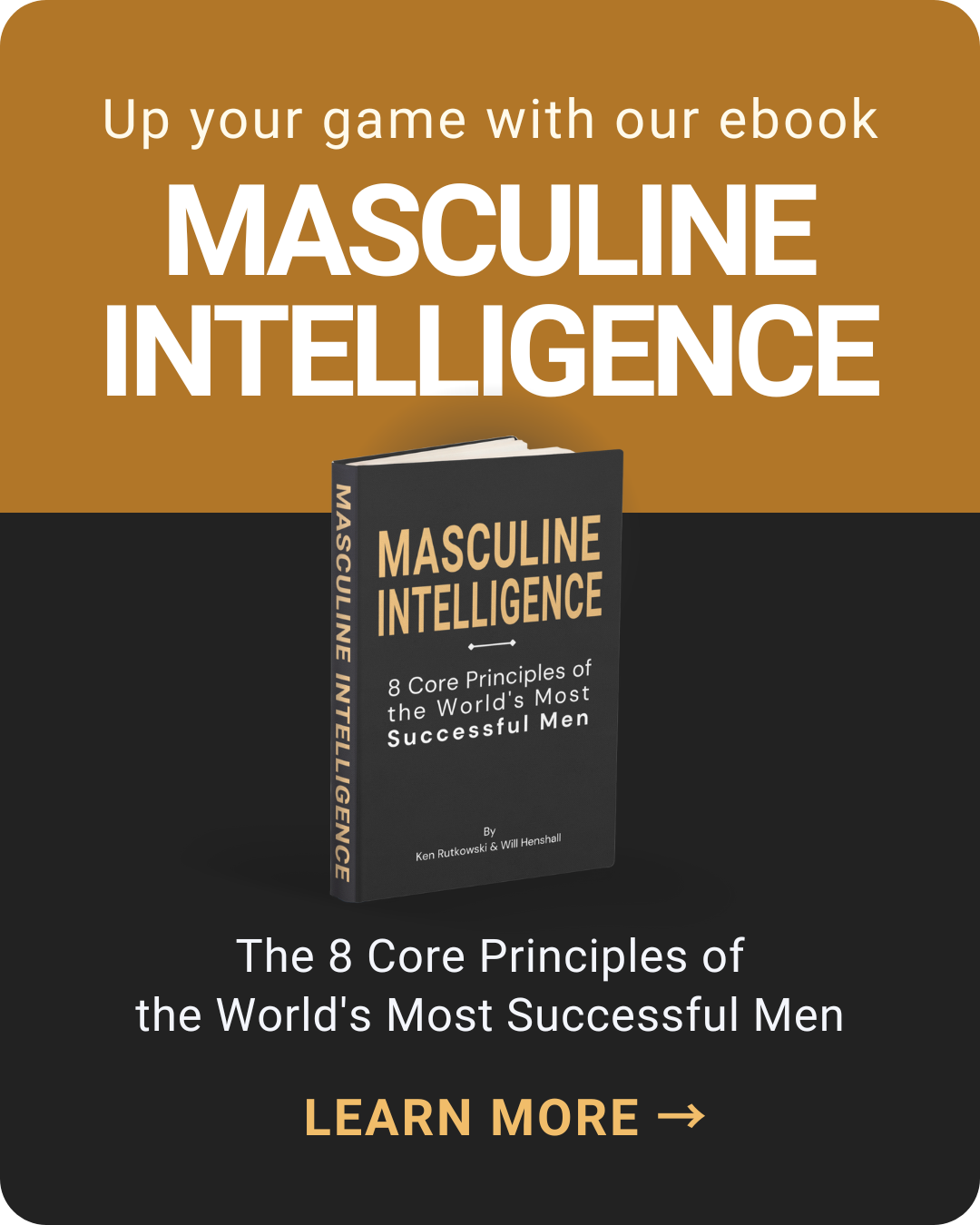
Ok, Pablos Holman knows Elon doesn’t agree about that last one… yet.
A world-renowned expert in AI, big data, robotics, automated manufacturing, and cryptocurrency, Pablos has become a “first check” venture investor. He bets big on practical scientific solutions for massive industrial markets, derived from the most cutting-edge tech breakthroughs in the world.
“I’m not a mad scientist, though you might say I have a venture fund that backs mad scientists,” says Holman in his customary upbeat way. “If the science is proven, we’ll put in a couple hundred grand, which gets us somewhere between two and ten percent of businesses.”

“We look to get companies out of the lab or garage: a stage where very few tech investors dare to enter. Our bets aren’t around the underlying science, only on the engineering and get-to-market execution.”
He then brings his massive expert network – cultivated over decades working with people like Bill Gates and Nathan Myrvald – to bear.
Watch Pablos Holman at METAL
“We're gonna invest in probably sixty or seventy more companies with the fund over the next couple of years. We do our best to help the teams we invest in. We send advisors and stuff like that, but we are not operational, and look for commercial deployment within five to ten years or so.”
LAUNCH THE PANELS!
“Solar panels have two challenges,” Holman likes to say: “night and clouds. But if you take the solar panel and put it up in space, it’s noon all the time! That same panel can now produce eight times as much energy as an earthbound one, and we just beam it down via radio waves. It’s the same technology (beam forming and beam steering) that makes Starlink work, just the other way around. We aim a beam at each city and put the power right on the grid 24 hours a day.”
SpaceX has made this technology affordable.
“The cost of payload was laughably expensive. SpaceX got the cost down about 20 times from Space Shuttle days. If you consider it would cost you $40,000 to put a MacBook in space, SpaceX got that to $1,500 and their target for Starship is ten dollars.”

This diminution of launch costs opens up vast new productive capabilities.
“It'll get cheaper to store your shit in space than in your garage. There is so much you can send up there. It's called ‘space’ for a reason! The engineering is a lot more practical and easier in the near term than people think.”
Holman admits that Elon Musk doesn’t agree that beaming solar energy will “save” SpaceX, but suspects he may have ulterior motives. “I think it's a land grab. He knows that this is the most economic thing you'll ever do in space and he doesn't want somebody else to do it. But I firmly believe it's the technology that will save SpaceX. This is a solid reason to do an unlimited number of launches, after all.”
Holman is quick to point out that solar from space is far more promising than massively-improved battery technology.
“Battery tech is limited. We’re all being a little disingenuous about how much we can scale battery storage for a grid-scale scenario. You're not gonna power Tokyo overnight with battery… ever. We don't have a miracle in batteries yet, but we do have a miracle in space solar power.”
Holman’s company will send panels into oblique geosynchronous orbits which are “way the hell out there,” so they will not add to the danger of low-orbit space junk. Addressing other popular concerns, he says the radio waves will be the same energy density as sunshine – in the 10 gigahertz band. “It’s a wave that won't penetrate your skin more than, like, a tenth of a millimeter. If you stand right in front of the beam, you might feel a little warm, like you are standing in the sunshine, but it won't hurt you. It's actually a lot safer than people imagine.
…POUR THE CEMENT!
Another of Holman’s start-ups is revolutionizing concrete production.
“Concrete is the most CO2-emitting material on Earth; probably nine to thirteen percent of human output. Most of that is from burning coal and gas to heat it up to make it. But the other half is from the chemical reaction. So even if you had an electric cement plant powered by solar panels, you still would have a lot of that CO2.”
Holman’s company has a process that reduces CO2 output by 20%.

“And it’s an easy upgrade. We can go to every cement factory in the world and upgrade them. In ten years we could do all of them. It’s exciting. We can make a huge difference in the environmental impact of cement – which is massive, but [we’re] also opening up a whole new design space for architects. You could make stuff with this cement that can't be done with conventional cement. For centuries, scientists couldn’t figure out how the Pantheon’s unreinforced concrete dome in Rome stayed intact through so many centuries even though it’s in a seismic zone. We’ve figured that out and now are going beyond.”
FIRE UP THE (NEW)CLEAR REACTORS!
Nuclear energy is making a comeback, and Holman is at the forefront of this trend as well.
Laws and regulations making it impossible to build new nuclear reactors in recent years, says Holman, has been a huge mistake.
“If we had built them in our lifetime instead of outlawing them, you never would have heard of global warming. But now things are turning around.”
The reason?
“The oil industry used to run Congress. They were the biggest industry with the most money, the biggest lobby. Well, that's not true anymore. The biggest industry with the most money and the biggest lobby is now tech. And between crypto and AI, everyone has realized tech needs “a shit-ton of clean, cheap energy. And they can't get it from burning natural gas. So we're gonna see the tech industry get behind nuclear in a big way.”

Amazon, he says, has already bought out one nuclear reactor.
“The hyperscalers have already bought out all the energy futures they can. They are buying out energy production capacity for the next decade so they own it. Amazon has the power. Facebook has the power. Microsoft has the power. So the game here is about energy, growing capacity, and getting access to it.”
Another promising innovation in nuclear power are the new “pebble bed” reactors.
“These things are cool. It’s a modern reactor design. They can't melt down. We need a thousand silver bullets, and a hundred of those should be nuclear reactors of all different kinds.”
Holman himself worked on a reactor that recycles nuclear waste. “It’s still in the future a bit, but Terra Power is building a cool, molten salt-cooled reactor in Wyoming. So instead of being cooled by water, it's using a liquid metal, and that's a much safer, much more efficient design. It’s called the natrium reactor, and you'll read about it eventually. These are the beachheads. And hopefully, we're going to figure out how to make thousands and thousands of these things.”
AND (ROBO) HOIST THE SAILS!
Cargo ships.
“These things,” says Holman, “output probably twice the emissions of air travel – and all they're doing is delivering Happy Meal toys from China to Los Angeles. People don't realize they have two gas tanks: one of them has gas similar to your car’s that essentially burns cleaner. No black smoke. But as soon as the thing gets over the horizon, out of sight, it switches to the other tank, burning this nasty bunker oil. This stuff is like liquid coal. It is so gross and you never see it. There are hardly any pictures of it, because it only happens out in the middle of the ocean.”

Holman is proud of a company in which he’s invested that has “basically figured out how to duct-tape a Tesla to the front of a cargo ship and make it self-driving! That's easier than for cars because there are no pedestrians in the ocean.”
It gets better.
“This company has also developed a way for activating and optimizing computer-controlled sails. So the ship needs no – or at least very little – crew. No fuel. No emissions. Hey look, sailing's been working for centuries. We know it works. But for some reason we built this whole industry burning oil. We can course-correct on that.”
When most of us think about tech, we think about iPhones and smart homes and apps and pizzas appearing magically on our doorsteps.
When Pablos Holman thinks about tech, his mind roams invisible fields of energy, the skies, the stars, and the seas – and how to improve our lives while returning handsome profits to his investors.
Written by Adam Gilad
Trending Now
People are Mad at Google’s new AI ad: Google's latest Gemini advertisement, "Dear Sydney," has sparked a fiery backlash online, as is often the case with large tech companies' advertisements that miss the mark. Since its premiere during the Olympics, it has reignited the debate over the role of AI in our daily lives and the potential it has to replace human elements. (Morningbrew)
How a Changing Starbucks Hopes to Retain Customers: Starbucks is facing challenges. Despite being the largest coffee chain globally, its sales fell by 3% last quarter. In North America, transactions at stores open for at least a year decreased by 6%. This downturn is attributed to increased prices and consumers' reluctance to pay these prices. It's noted that McDonald's and other similar chains have also experienced declining sales. (The Hustle)
The Bank of Starbucks: Coffee Retailer Has $1.77 Billion in Unredeemed Gift Cards: The recent Starbucks results indicate that while the company may face challenges in selling coffee, it is improving in selling customers the future right to purchase coffee. Starbucks reported that customers hold $1.77 billion in unredeemed gift cards, a 9% increase from the previous year. (Marketwatch)



